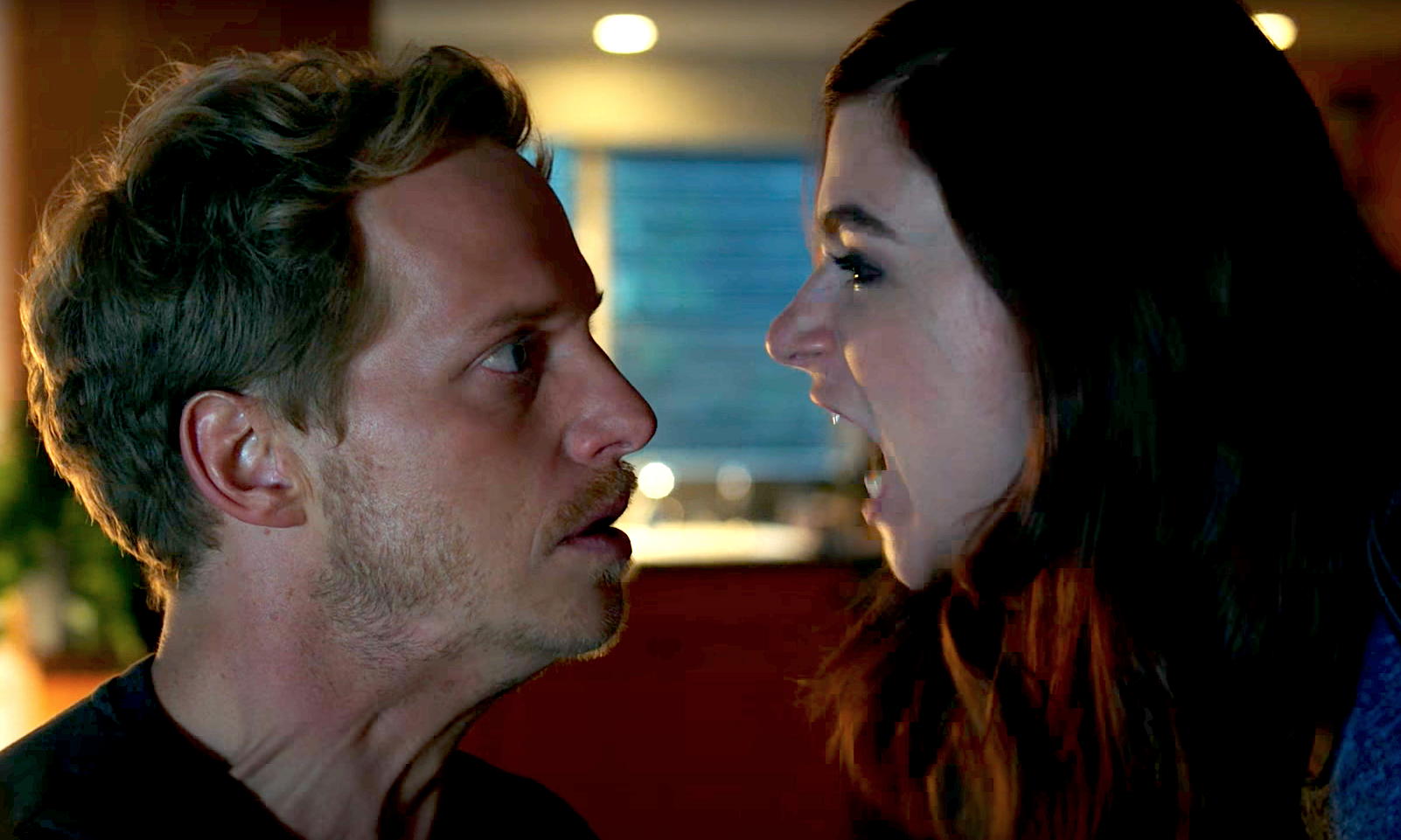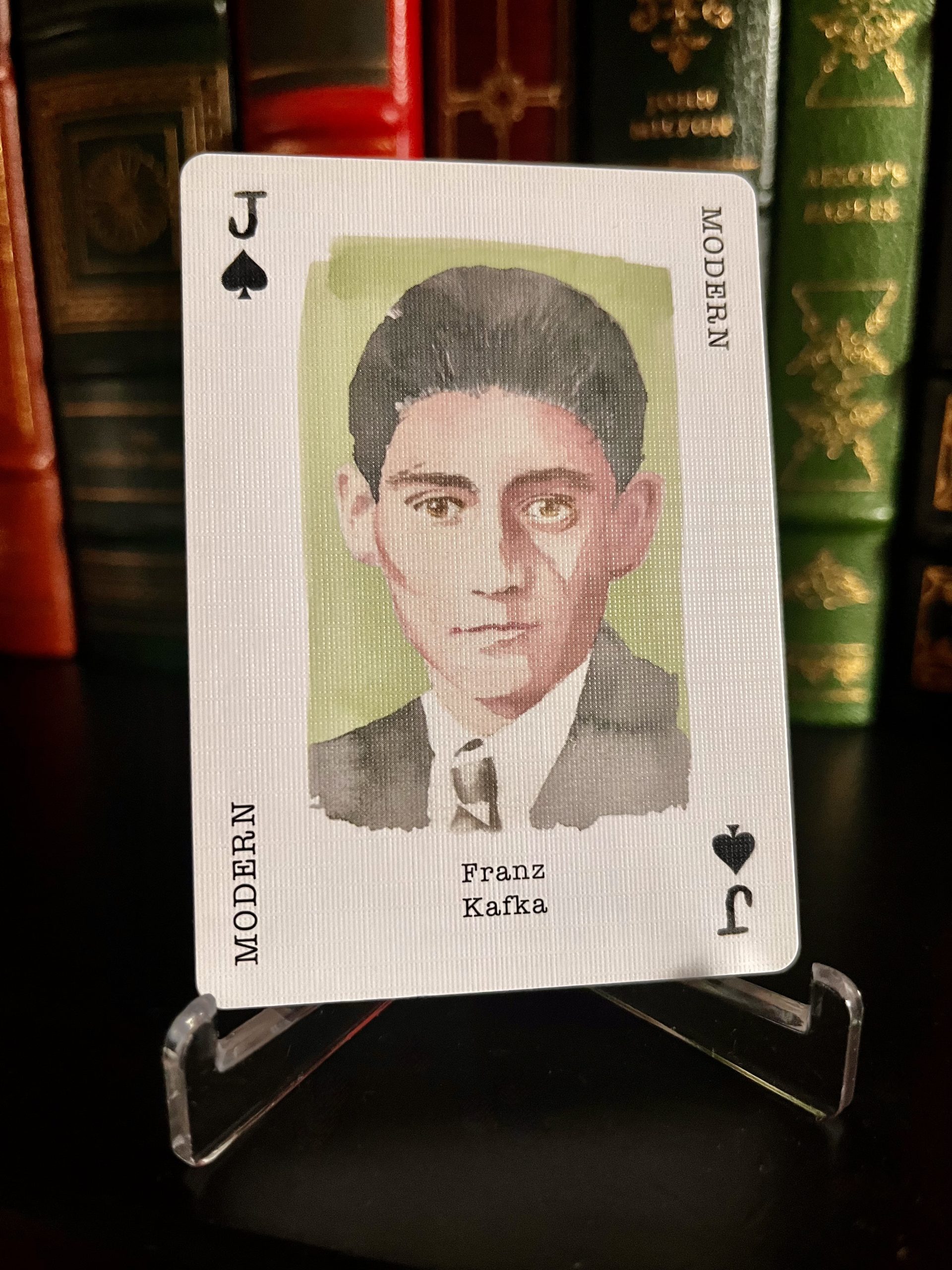Books & Culture
“Klara and the Sun” and the Fantasy of the Servant Who Loves You Back
Ishiguro's novel realizes a long-time dream of the owning class: perfectly selfless laborers who do their jobs out of devotion

The opening pages of Kazuo Ishiguro’s new novel Klara and the Sun promise to take us into a future we haven’t yet realized. Narrated from the perspective of an “Artificial Friend”—a robot with true artificial intelligence, designed to serve as a companion for elite children—the novel presents readers with the internal world, memories, and consciousness of a machine. And not just any machine, but one designed to serve the social and emotional needs of humans, to adopt the deference and selflessness expected of the best servants, caretakers, and service workers.
Klara, an especially observant “girl AF,” discovers a world beset by existential threats and torn asunder by violence. Pollution blocks the Sun, which solar-powered AFs, and perhaps even humans, need to survive; increased automation and robotic technology have resulted in mass unemployment and extreme wealth inequalities; many of the “postemployed” form fascist communities that stand in antagonistic relation to both racialized “others” and the elite, the “high ranking” men and women who have genetically edited, or “lifted,” their children to a dangerous level of super intelligence. Though she faces trials which threaten to corrupt her, Klara stays true to her mission: to learn about her teenage companion, Josie, and protect her from loneliness. In the end, although Josie has grown up and moved away, the AF is contented by her decisions. The memories which comprise the novel’s pages assure her that she fulfilled her commitment to serve the family well.
But what at first glance appears a bittersweet, perhaps even sentimental ending has darker implications. As I was reading the novel’s conclusion, I couldn’t help but think of Klara’s literary historical predecessors—those caregivers, domestic servants, nannies, and even “Mammies” (racist caricatures of Black women who work as caregivers for white families) who, in fiction, have often been represented as lesser, sometimes even less than human. Perhaps because they share a name, I was reminded of Clara Lane, a Mammy character in the 19th-century “servant’s tale” novel Live and Let Live, Or, Domestic Service Illustrated by Catharine Maria Sedgwick. The protagonist, a young white girl whose family has fallen on hard times, is “sent out to service,” where she encounters a variety of employers and coworkers, both good and bad. The didactic novel, treated by literary historians as an agenda-setting text, was intended to teach mistresses to treat their servants with compassion, and servants to adopt the “self-denying benevolence” the job required. It may come as no surprise that the servant most idealized in the world of the 1837 novel was a Black woman, who is described as perfectly benevolent, tolerant, and self-sacrificing. Of this servant, the novel explains:
Clara had lived with Mrs. Hyde from the time of her marriage. She had taken care of all her children, from her firstborn to the youngling of the flock—the present little pet and idol of the house. Mammy had knit herself into the hearts of the children. She had watched them by night and by day through the diseases of childhood. She had been patient and gentle in all their impatience and irritability. She had overcome their little selfishnesses by the example of her generosity and self-denial. She had shown to all a steady and equal kindness; in short, she had been a second mother to them.
Like Klara the AF, Clara the imaginary Mammy lives by a code of “self-denial,” performing what Arlie Hochschild might have called “emotional labor” in order to sustain good feelings in others, while absorbing whatever abuse or indifference comes her way. A marker of her success as a servant was Clara’s ability to “knit herself into the hearts of the children,” to perform the hard work of making herself lovable. Although a racist fantasy, this image shaped a pervasive set of attitudes and expectations among employers. Treatises on domestic economics, educational pamphlets for housewives, and even philanthropic organizations such as “Society for the Encouragement of Faithful Domestics” transformed the fantasy of the self-sacrificing servant into an actual job requirement. It became an ubiquitous expectation that domestics convincingly act as their employers’ loving and devoted friend, a lifelong “part of the family” who asks for little in return.
It was servants’ duty to accept affection instead of proper compensation and autonomy, and to perform their labor out of affection for those they served.
Although novels, movies, and other cultural forms might appear to be peripheral to labor history, images and fantasies about working women have long influenced policymakers, the labor movement, and even the public perception of what counts as work in the United States. In the 19th century, the cultural fantasy of Clara Lane, the docile Mammy, was a thin cover for the exploitation and violence that Black women endured, whether as enslaved or free domestics. Pro-slavery advocates like George Fitzhugh argued that the slave-master relation was most akin to a parent and child, and domestic educators like Catharine Beecher figured housewives as the “missionary mothers” of their servants. Their proclaimed affection and pseudo-kinship gave masters and mistresses a claim to some moral high ground. Here they were, they believed, doing the good work of caring for ungrateful servants, who so took for granted their employers’ generosity that they dared to seek higher wages elsewhere, request time off, or pursue an autonomous life. By the logic of the employing class, it was servants’ duty to accept affection instead of the proper compensation and autonomy enjoyed by other wage workers, and to perform their labor out of affection for those they served. They were required to complete the manual and physical labor associated with maintaining a home and caring for a family, while also adopting a convincing smile. In one way or another, this fantasy shaped the lived experiences of domestic workers for at least another century.
The image of the Mammy and the notion that Black domestic workers could be “part of the family” was never uncontested. From its inception, domestic workers recognized that this mythology did not work to make domestic work more valuable or respectable, but in fact reinforced the very harmful idea that service work should be understood as a voluntary expression of care. In spite of Reconstruction-era efforts to professionalize domestic service, by the mid-20th century, domestic work was increasingly casualized and workers found themselves in places like the “Bronx Slave Market,” as Marvel Cooke called it. Following economic downturn, Black women waited on street corners for white housewives to hire them by the day or even the hour. At the same time, images of Aunt Jemima and “Mammy” characters in television and movies maintained the fantastical image of domestic workers as one beloved by her white employers. Radical playwright and activist Alice Childress spoke to this contradiction in her 1951 novel, Like One of the Family: Conversations from a Domestic’s Life. In the opening chapter, the novel’s protagonist and narrator talks back to her employer, who fawns over her during a dinner party, saying, “In the first place, you do not love me; you may be fond of me, but that is all… In the second place, I am not just like one of the family at all! The family eats in the dining room and I eat in the kitchen.” But even today, whether in film, television, and fiction, or in conversations among labor organizers, politicians, and even workers themselves, it remains common practice to refer to domestic workers and caregivers as “part of the family,” a phrase meant to signal the intimacy and level of appreciation that employers have for their workers, but which is nonetheless rendered fraught by its history.
Across industries, classes, and social identities, the expectation to love work has emerged as a standard.
At this point, the expectation to “do what you love” and “love what you do” is so ubiquitous that fantasies of good service may seem like heartwarming descriptions of reality. In her new and groundbreaking book, Work Won’t Love You Back: How Devotion to Our Jobs Keeps Us Exploited, Exhausted, and Alone, labor journalist Sarah Jaffe shows us how, across industries, classes, and social identities, the expectation to love work has emerged as a standard. While it takes different forms, the prescription that workers conceive of theirs as a labor of love has become central to many people’s relationship to work. Like Klara, and the Clara before her, teachers, retail workers, domestic workers, artists, workers at non-profits, adjunct professors, and many others are evaluated in terms of their ability to serve their customers or students out of a sense of duty rather than for a paycheck. The rubric once applied to domestic servants—which cast them as ungrateful, disloyal, or greedy if they dared transgress the image of the perfect servant—is now applied to today’s workers by employers, media, and labor boards. During the pandemic, teachers have often been accused of being selfish for refusing to work in unsafe conditions, a charge that implies that their service to children and communities should be self-sacrificing to the point of death. Service workers have been offered praise, tribute, and even the title of “essential,” but politicians still debate whether theirs is labor deserving of a living wage.
If we continue to accept love and wages as interchangeable currencies, Jaffe warns us, we’ll end up “exploited, exhausted, and alone,” a fate that befalls Ishiguro’s Klara in what we may realize as the not-so-distant, not-so-hard-to-imagine future after all. In the end, as she sorts through her memories, putting them in order to give shape and meaning to her existence, Klara has a profound realization. The novel’s most troubling conflict revolves around the question of whether the AF can successfully substitute for an actual human, whether humans’ essential human-ness can be mechanically reproduced. Engineers, artists, and parents of the elite anxiously seek out answers to this question, searching for what it is that makes humans human, particular, or special. They fear that there may be nothing in them that can’t be substituted. Klara, too, initially believes that if she observes well enough and long enough, she might be able to pull it off, to seamlessly “continue” as a real person. But by the end, after her employing family moves on to live their lives without her, Klara realizes otherwise. She explains that there is something very special, but it’s not inside humans, as, say, a soul might be. Rather, Klara explains, the special thing is inside those that love us. Maybe Sedgwick would put it another way: Klara learns that her own humanity is not determined by any quality particular to her, but by the extent to which she is able to successfully “knit herself” into the hearts of those she serves. Read in light of the Claras of the past, Klara’s realization reads as deeply ironic. An invention of the elite, Klara gives voice to the fantastical love that they have always sought.
In this context, the conclusion of Ishiguro’s novel seems much more darkly ironic than many early reviews have supposed. Klara may appear to readers as the perfect servant. She is the solution to the historical servant problem—the difficulty of finding good help these days—and the solution to the ethical complications and social discomforts that have long shaped service relationships. In this sense, Klara might, at last, embody an ideal long sought after by housewives, mistresses, and other sorts of employers, even slave owners: she is an entirely selfless, empty vessel that exists absolutely and only for the family that she serves. Klara is the invention of a society that demands its workers become lovable and perform love, however artificial or inauthentic, and then discards them when they’ve exhausted their social utility. A vision of a rather dystopian future, it’s also an apt description of the pandemic present which has seen the recognition of many working people as “essential,” yet disposable. Even in Ishiguro’s novel, Klara’s service, her role in the family and broader, broken society, seems like an almost futile endeavor. While she is able to successfully protect her charge from harm, and do so through methods of her own imagination and more impressive social-emotional skills than many of the novel’s characters, her work does little to mend the deep social ills that produced a need for AFs in the first place. Even after she’s saved Josie, little community exists among either adults or children, pollution continues to do harm at a rapid rate, class inequalities are reproduced by a new generation, and fascists stay fascist.
There’s more imaginative work to be done, Ishiguro’s novel seems to suggest, to stave off the disasters to come and repair those that are already here. Since the pandemic began last year, new vocabularies have emerged to give visibility to forms of labor long regarded as “non-work”: Governor Tom Wolf of Pennsylvania invented the category of “life-sustaining businesses”; the federal government put forth the CARES act to administer economic and social relief; lawmakers and employers have grappled with which employees may be considered “essential” to our survival. For perhaps the first time ever, economists are referring to the “care economy” as part of societal infrastructure. Ours is a moment for revisiting and revising the fantasies, myths, and flat out lies that have rendered work an act of love and used service workers as a temporary solution to existential problems. To tell the story of labor anew, we’ll need to reckon with the long literary and cultural history of service, work, and love. Only then will we be equipped to root out the “labor of love” ideology that is ever expanding its reach.









